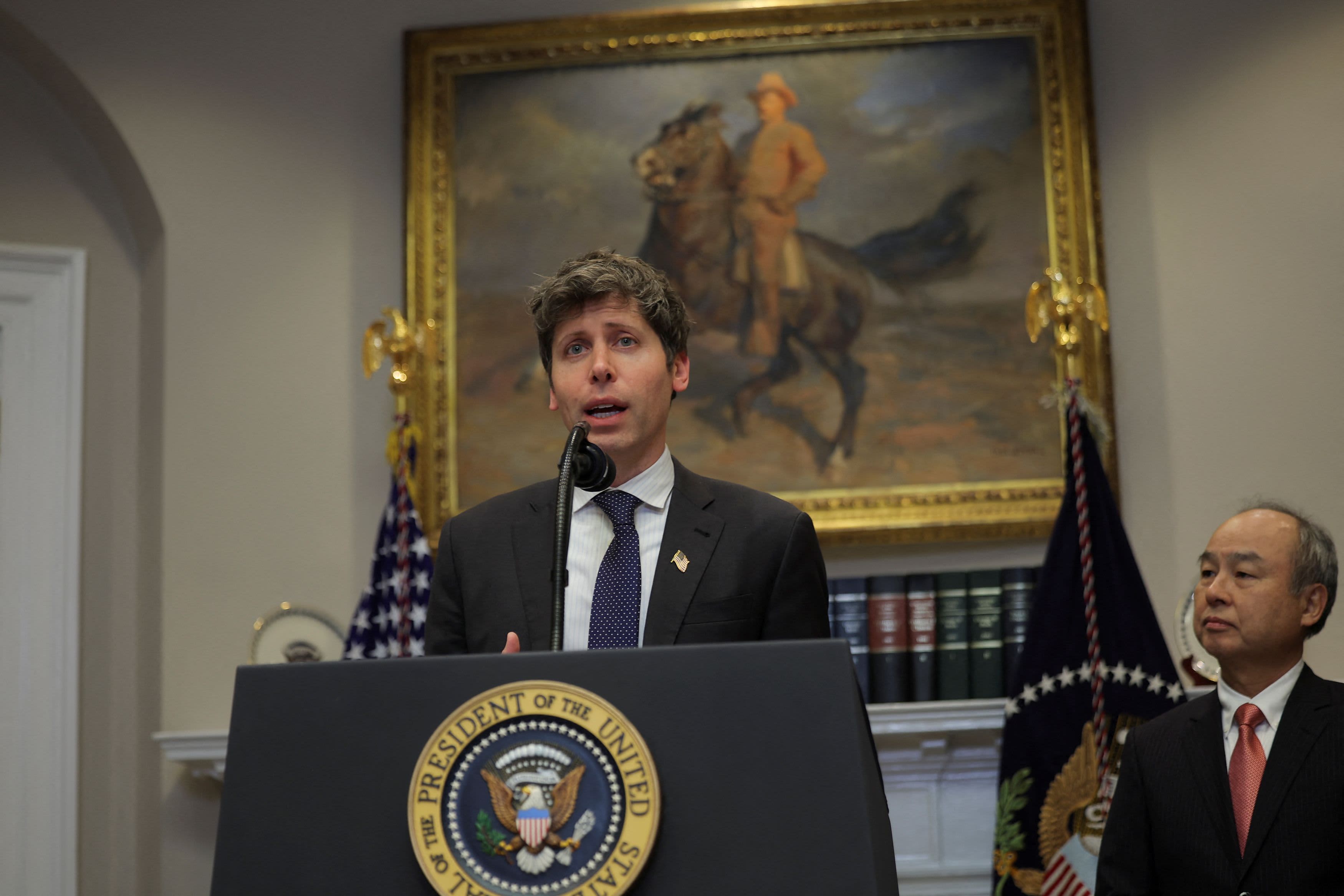As royal chef Gabriel Tschumi once recalled, 'There was never any fear of Queen Victoria's guests going hungry, A good digestion was essential in those days, when each meal was equivalent to a present-day banquet.'
Tschumi, who started as a lowly apprentice under Queen Victoria in 1898 and worked for Edward VII and George V before eventually ending up as Royal Chef to Queen Mary, wasn't wrong.
Just reading about the sheer volume of the food consumed by Queen Victoria and her son, Edward VII, along with their court and household, is enough to harden the arteries. Those Royals were made of sturdy stuff.
But, as I discovered while researching my new book, Cooking And The Crown, royal dining isn't all roast cygnet, turtle soup and songbirds stuffed with foie gras. Far from it. Although those two monarchs were prodigious eaters, their descendants, from George V to King Charles, were (and are) rather more abstemious in their appetites.
While the book is packed with royal edible history, it's a cookbook first and foremost, a distillation of all the best of eating in palaces and castles over the years, and one I hope will become stained and battered with constant use.
You'll find everything from fish goujons and chicken salad, through Irish stew, pasta with mushrooms and martinis to shortbread, Queen Mary's chocolate cake and creme brulee.

Today, though, with the exception of state banquets and official dinners, The King and Queen eat simple, healthy and resolutely seasonal food, whether they're at Buckingham Palace, Sandringham or Balmoral. Their chefs, under the expert control of Royal Chef Mark Flanagan, travel with them.
The King and Queen really know their food. There is no man who knows more about food and farming, from the best of British cheeses, through rare breeds of sheep and cow, to heritage varieties of plum, apple and pear, than the King.
Charles is a true food hero, and he very much practices what he preaches. The King has long talked about the importance of sustainable agriculture, and there is no waste at his table.
Just like the sovereigns before him, his kitchens are filled with the seasonal bounty of the royal estates and gardens, from game, beef and lamb, to peas, strawberries, raspberries and chard. That, along with state banquets, and the importance of tea as a mid-afternoon meal, is a tradition that has endured through the ages.
Food is cooked and prepared in the cavernous kitchens of Windsor Castle, 750 years old, with soaring, arched ceilings, and two fireplaces at each end, large enough to roast an entire ox.
Or at Buckingham Palace, where the original kitchens, designed by George IV, were a sweaty, torrid hellhole, with sewage leaking through the floors and the air thick with coal smoke and curses.
It was Prince Albert, Queen Victoria's consort, who decided to move the kitchen to the other side of the palace in 1851, making it cooler, cleaner and altogether more civilised. It remains there to this day, complete with old fireplace and the rotisserie, which is operated by a complex system of weights and pulleys.
The kitchens at Sandringham and Balmoral are smaller yet still feed not just the Royal family, and their private secretaries, lords and ladies-in-waiting and equerries, but the entire household, from valets, dressers, and pages, to maids, police officers and plumbers. It is, and always has been, cooking on the most gargantuan scale.
But royal food in Victorian and Edwardian days was the very pinnacle of gilded gastronomy, the most heady of haute cuisine, cooked by the likes of Marie-Antoine Careme and Charles Elme Francatelli, the superstar chefs of their age, be-toqued generals commanding a kitchen staff of 45.
An entente cordiale of French technique and British ingredients, this top-drawer tucker was served by red-coated ranks of immaculately drilled footmen, in some of the grandest palaces on earth.
Dinner with Queen Victoria could be both a marathon and a sprint. Not only would you have to work your way through six courses, starting with two kinds of soup, going through fish, 'entrees', 'releves' (or 'removes', a mixture of roast meats and more elaborate confections), rotis (more 'roasts', usually smaller birds such as quail) and, finally, 'entremets', a selection of vegetables and puddings.
But as her uncle, Leopold I of Belgium, once muttered, 'She eats too much, and almost always a little too fast.'
Royal etiquette demanded that the moment the monarch had laid down her golden knife and fork, the rest of the table had to follow.
So it mattered little if you had sipped but two spoonfuls of your potage a la reine, managed the daintiest bite of your filets de soles frites, or merely nibbled the very edges of your cotelettes d'agneau en Belle-Vue . . . when the sovereign was done, your plates were whisked away, to be replaced by the next part of the feast.
Most diners accepted this with reverent grace. But Lord Hartington, politician and the future Duke of Devonshire, would allow no person, however exalted, to come between him and his food.

'Here, bring that back, you scarlet marauder', he roared at an astonished footman. The clatter of knife and fork suddenly ceased as the whole room fell into deathly silence. Thankfully, Her Majesty was amused.
And dear god could they eat. 'I remember my surprise on coming down to the first day of my duties,' remembered Tschumi, 'to find that breakfast was as big a meal as the main meal of the day in Switzerland.'
He found that 'the coal ranges were red hot and the spits packed with chops, cutlets, steaks, bloaters (cold-smoked herring), sausages, chicken and woodcock.
The roast chefs were deftly removing them, and piling them onto huge platters. In other parts of the kitchen cooks were trimming rashers of streaky bacon, ¼ in thick for grilling and preparing egg dishes.'
There were five dishes for the Royal Family. But 'any servant,' added Tschumi, 'could have the same number of courses for breakfast. Quite a few managed it daily without any trouble.'
Although contemporary accounts of the Queen's appetite were inviolably flattering (written in the 'genuflective style', in the words of Craig Brown in his majestic latest book, A Voyage Around The Queen), Victoria could certainly eat.
As the Whig politician Thomas Creevey remarked of the young queen in 1837, 'She eats quite as heartily as she laughs. I think I may say she gobbles.'
Lunch might stretch to 11 different dishes, from consomme to veal tongue, sweetbread to roasted ortolan fowl, asparagus, jellies and orange souffle. Not forgetting the ever-present sideboard, heavy with whole, cold rib of beef, ham and roast chicken.
Tea was served at 5pm, a tradition that has lasted to this day. It was, as it still is, an opportunity for the pastry section to show off their skills. As one courtier pointed out, Victoria had 'a strong weakness for afternoon tea'. You could say that again. A typical tea might include macaroons, scones, wafers, biscuits, petit fours, pralines, Chelsea buns, and shortbread, along with bridge rolls, crumpets, poached eggs on toast, potted shrimps, and sandwiches.
Although the spread is not quite as lavish today, tea is still very much an institution, and always has scones (never dressed), crumpets dripping with butter, sandwiches (chicken, smoked salmon, ham and mustard) and some form of cutting cake.
Utterly wonderful, but not exactly easy on the waistline.
Dinner was yet another epic feast. Not that Victoria ate every course, but it was certainly far removed from the two or three courses eaten today.
Her son, Edward VII, was the most magnificent of epicureans, and it was with him that royal eating reached its delectable, if assuredly dyspeptic, apex.
At breakfast, he was rather restrained. 'The King was no breakfast eater,' wrote Sir Frederick 'Fritz' Ponsonby, his equerry and assistant private secretary, 'having only a cup of coffee and a bit of toast.'
But shooting and racing days were an exception. And he shot and raced quite a bit. On such mornings, he'd devour small fried soles, bacon, eggs en cocotte, haddock a l'anglaise, devilled chicken and woodcock on toast.
In the gap between breakfast and lunch, he'd munch on lobster salad, or a half roast chicken, accompanied by a few cups of his favourite turtle soup. 'Procure a fine, lively fat turtle,' goes the first line of the recipe, which runs on for many pages.
Like so many favourite royal dishes of the time, it required a huge amount of kitchen graft. 'When cuisine classique was taken for granted no one realised the amount of preparation that might go into one dish,' sighed Tschumi.
One of Edwards' favourite morsels was Côtelettes de bécassines à la Souvaroff, which involved tiny cutlets of snipe (a small wading bird), spread with foie gras and game forcemeat, then breadcrumbed, wrapped in pig's caul, grilled and served smothered in a truffle and Madeira sauce. The King ate them by the dozen.
Another labour-intensive mouthful was cailles royale, where quails were decapitated, deboned and simmered in their own stock, before being stuffed with, yup, you've guessed it, still more foie gras.
They were painted with two jellied stocks ('chaud-froid'). Then the heads were reattached, using a toothpick, and artificial eyes made from egg white and black truffle. Served on a pineapple granita, a whole day's work disappeared in the blink of an eye.
A lunch in honour of the Shah of Iran, held on HM Yacht Victoria and Albert on August 20, 1902, was a nothing if not typical – crayfish bisque and sole mayonnaise; lamb cutlets, chicken in tarragon sauce, roast grouse, dressed crab, and cold meat in aspic, various vegetables and puddings.
This was a mere snack when compared to the 'picnic' lunches prepared for Edward's boxes at the Derby and Ascot. On June 19, 1908, lunch started with cold consomme, then crab mousse, salmon, chicken salad, lamb cutlets, hot ham, cold quail, asparagus, Eton mess, cherries, gooseberry fool, patisseries à la Parisienne and fruit.
And in case anyone was still peckish, there was a cold buffet of pigeon pie (an Ascot tradition), cold joints of meat, salad and rum baba. It's a wonder the guests didn't need horses to haul them out of their chairs afterwards.
Most mortals would need the next week to sleep off lunch, but Edward was a true trencherman. After a 'substantial' tea, The King would prepare for dinner, another ten courses of truffle, cream, caviar and butter-soaked delight.

When it was eventually time for bed, after a few hands of cards or a few games of billiards, a plate of chicken sandwiches would accompany His Majesty upstairs. As one biographer pointed out, with admirable understatement, the King 'never toyed with his food'.
His son, George V, was cut from a far less lavish cloth. A staunch Royal Navy man, he was dependably 'regular in his habits', and would have been content to subside on meagre naval rations.
Breakfast was bacon, eggs and a small piece of fish, with sausage on Saturday. Although he endured haute cuisine at State banquets, his tastes were simple and very British. Cutlets, cottage pie, roast beef and curry with Bombay duck.
It was the onset of World War I, though, that really saw the end of Edwardian excess.
As the strictures of rationing began to bite, King George and Queen Mary were determined to set a good example. Lunch was cut to, shock horror, a mere two courses, and meat was to be served only three times per week.
Breakfast, too, was decimated, with only two courses at the royal table, to be decided in advance by Queen Mary. 'If anyone was tempted to help themselves to fish when they also had sausage and bacon,' recalled Tschumi, 'one look from her was sufficient to make them change their minds.'
Worse still was the alcohol ban, with the King persuaded into abstinence, along with his family and the rest of his household, by prime minister Lloyd George. 'I hate doing it,' he confessed in his diary, 'but hope it will do good.'
His eldest son, briefly Edward VIII before abdicating, was more direct in his opinion. 'Balls to the whole thing,' he declared, before telling the story of his father retiring alone to his study after dinner each night, 'to attend to a small matter of business.' The 'business' being, allegedly, a small glass of port.
George V's son, George VI (the late Queen's father) was equally restrained, preferring a simple omelette, or lamb cutlet, to the more baroque excesses of his grandfather Edward VII.
During World War II, rationing was taken every bit as seriously as in the first War. Although the royal table was supplemented by game and vegetables from the Royal estates (neither were on ration), George led from the top.
The wedding breakfast of Princess Elizabeth (later Queen Elizabeth II), on November 26, 1947 (when rationing was still very much in force) had a mere four courses, and was over, they said, in 20 minutes.
Lunch and dinner with the Queen Mother, whether at Royal Lodge, Birkhall or the Castle of Mey, were very merry affairs. My father remembers lobster, salmon and 'lots of things in rich, creamy sauces'.
But 'It would be naïve to imagine that royalty always dine off rare delicacies,' wrote Alma McKee, cook to both Elizabeth II and The Queen Mother.
'Now it is only on rare occasions that the Royal Family have five courses. Usually, it is not more than three, and the food that served is good and simple.'
The late Queen's tastes were admirably straightforward. Mark Flanagan told me she was not a great eater, and was just as happy with a salmon fishcake, a mild curry ('the condiments and accompaniments were as important as the curry') or scrambled eggs on toast.
Queen Camilla, my mother, eats a very light lunch – a bowl of chicken soup, perhaps, or some smoked salmon – and the King doesn't eat lunch at all. Tea however is a serious, though very relaxed meal, wherever it may be. While dinners, away from the official pomp and circumstance, are very laid back indeed.
State banquets, though, are still as glittering and gilded as they always were, held up to three times per year, at either St George's Hall at Windsor (where the table, made in 1846, is 53m long seating up to 160 guests) or the ballroom in Buckingham Palace, with its large horseshoe table.
Red and green traffic lights are hidden in the balcony, and when the lights change, one course is removed, and the next brought in.
This is not mere eating, rather a brilliantly choreographed ballet, 'souffle' diplomacy at its finest, as kings and queen, princes, potentates and presidents sit down to revel in the eternal power of the shared table. Dinners may now only stretch to three courses, but they are still powerful diplomatic tools: edible statecraft, pure dinnertime diplomacy.
Menus are still written in French, and sent up to the King and Queen for their approval. The late Queen, like the King, was a stickler for detail.
'Her Majesty always designed the menus for her guests, rather than herself,' says Flanagan. 'And added her own suggestions, or remembered that so-and-so really liked this or that the last time they came. Her memory was incredible. All the menus had her hand on them.'
Spicy food is not an option, nor shellfish (for reasons of potential poisoning), or dishes laden with garlic. Seasonality is ever important and ingredients are gathered, where possible, from the royal estates.
Times may have changed, and appetites diminished. But one thing is eternally true. No one ever leaves the royal table hungry.
Cooking and the Crown by Tom Parker Bowles (Aster, £30) will be published on September 26. To order a copy for £25.50 (offer valid to 06/10/24; UK P&P free on orders over £25) go to www.mailshop.co.uk/books or call 020 3176 2937.
Want to eat like a Royal? Try delicious recipes from Tom Parker Bowles's new book in today's Weekend Magazine and tomorrow in You Magazine












